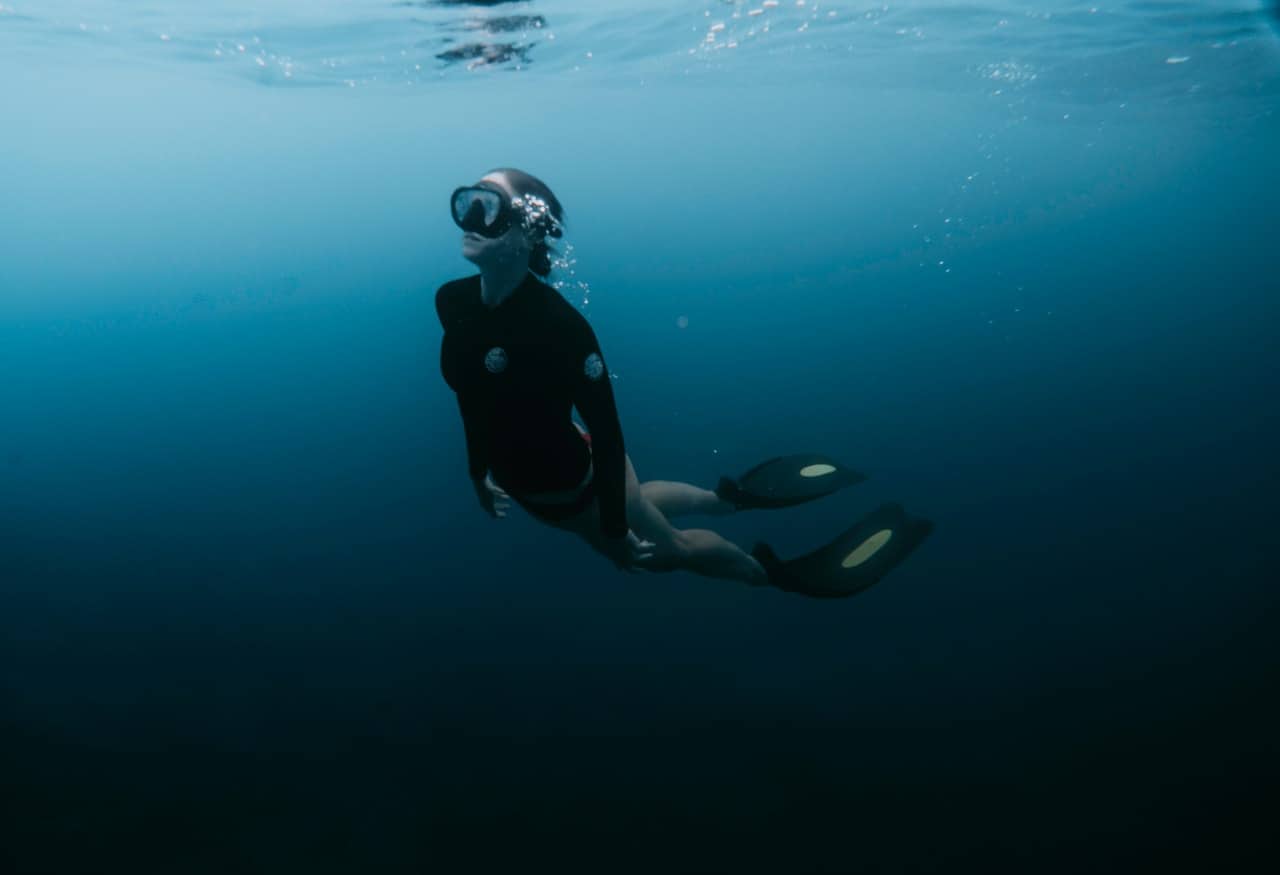THE good news for divers in the country this month is that the southern Pacific is going off for high season. This means waters are clear and the marine life profuse for those who choose to view the underwater world through a mask. Big fish, giant dolphins, baby whales and sunny skies are just a few of the sights reported from Caño Island, off the Osa Peninsula.
Charlie Gonzales of Corcovado Expeditions, Drake Bay, called in some observations about one of my favorite marine animals: the pseudorca, or false killer whale. These beasts grow to more than 20 feet, making them one of the largest members of the dolphin family. They usually show up off the Osa a few times a year, sometimes for as long as several months, to feast on jack, tuna and roosterfish, and, believe it or not, even share some fish with people once in a while. I have even seen pseudorcas attacking humpback whales near Caño Island.
These massive mammals are among the most magnificent on earth. Fearless of people and boats, they often approach to within one meter of Drake Bay boats or Caño Island swimmers. Not everybody wants a two-ton monster with big teeth to get too close, so you’d better think twice before you get in with these curious beings.
That said, hundreds of people from Drake Bay hotels have swum with them. Most are thrilled, although some are frightened by how bold and unafraid these enormous and powerful creatures are. One thing is certain about these mysterious divers; if you are lucky enough to meet them, you will never forget them. The Osa Peninsula this time of year is one of the best places on the planet to get a chance to meet them.
Pseudorcas are not the only amazing marine mammals awaiting divers off Costa Rica’s southern Pacific coast. Humpback whales are swimming, nursing and mating right now in the protected lee bays and inlets off the entire Pacific coast. Off Drake Bay, the same whales that raised their young here years ago are teaching their newest offspring to dive and survive in the modern underwater world. Whatever Pacific beach you are on, keep your eyes on the horizon, and you just might see these great, endangered whales hanging in their home waters.
Schools of fish as thick and big as clouds are also waiting for divers off Caño Island. Twenty-two kilometers off of Drake Bay, this protected island harbors an astounding quantity of swimming creatures that are sometimes so densely packed they can obscure your dive buddy swimming right next to you.
The bad news for divers in the country is that there are no reports from Guanacaste, which might mean the Papagayo winds are blowing too hard for divers to make it out to the good sites. No one is even thinking about diving on the Caribbean, as heavy rain and swelling seas have rendered the entire coast the sole domain of surfers.
As always, conditions will have changed by the time you read this, so call ahead and find out where the diving is hot at the moment.






